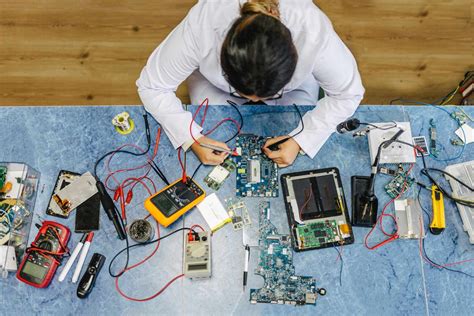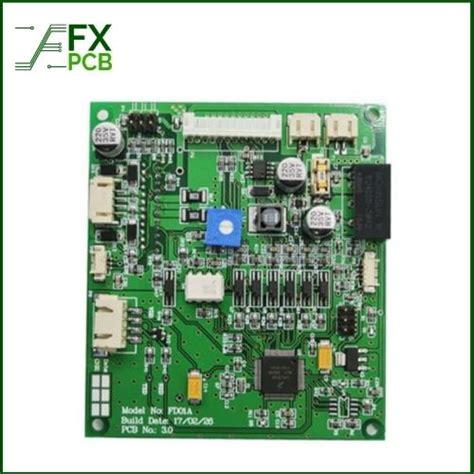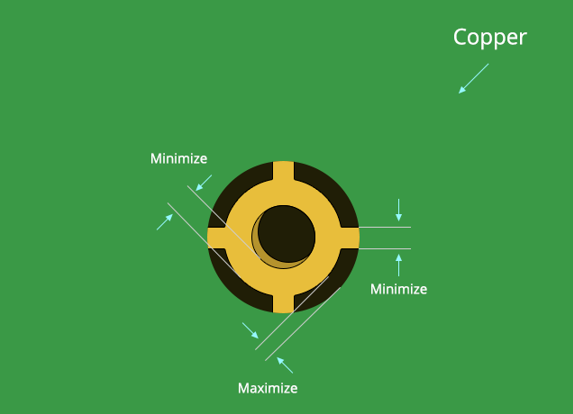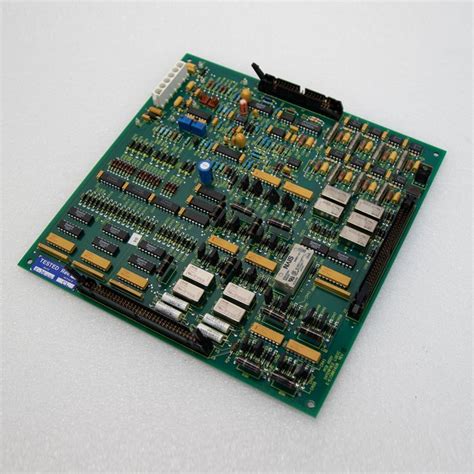Effective Solutions for Low Volume PCB Assembly
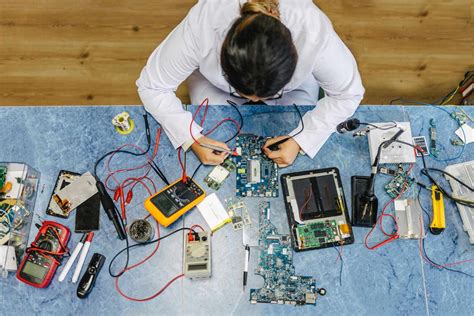
Key Takeaways
In the realm of low volume PCB assembly, understanding key concepts is essential to optimize production for small batches. PCB assembly or PCBA can be particularly challenging for small-scale operations, as they often involve tight budgets and specific client requirements. To achieve efficiency in these stages, manufacturers are advised to adopt flexible workflows that allow modifications on the fly and ensure that quality is not compromised. It is crucial to implement cost reduction techniques tailored for low volume assemblies; for example, utilizing standardized components wherever possible can lead to significant savings. Additionally, investing in proper training for staff ensures that every team member is adept at managing the nuances of small-batch production.
“Embracing technology and automation in the PCB assembly process can significantly enhance overall output without straining resources.” This allows companies to reduce lead times while maintaining high standards. Lastly, integrating innovative technologies such as advanced soldering methods or testing solutions can greatly benefit low volume PCB assembly, leading to improved reliability and customer satisfaction in every project executed.
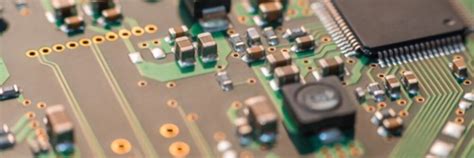
Understanding Low Volume PCB Assembly: Key Concepts
In the realm of electronics manufacturing, low volume PCB assembly (PCBA) is a critical focus area, especially for startups and niche market players who require flexibility and rapid prototyping. Low volume production primarily serves as a bridge between design and mass manufacturing, allowing companies to test their products’ market viability without incurring the high costs associated with larger runs. Understanding the key concepts of low volume PCB assembly can empower businesses to make informed decisions.
At its core, low volume PCBA involves smaller batch sizes that often necessitate a different approach to production efficiency. Techniques such as modular equipment setups and lean manufacturing principles can be implemented to enhance throughput while maintaining quality standards. Furthermore, sourcing components in smaller quantities may lead to higher costs per unit; however, leveraging strategic partnerships with suppliers can help in mitigating this challenge by securing better pricing structures.
Quality assurance in PCB assembly is also paramount. In smaller production runs, effective inspection strategies, such as Automated Optical Inspection (AOI) and functional testing, are essential for identifying defects early in the process. By instituting rigorous quality checks at multiple stages of the assembly line, companies can ensure that their products meet performance expectations without incurring excessive rework costs.
Ultimately, grasping the intricacies of low volume PCBA allows firms to streamline their production workflows, enhance product quality, and remain agile within an ever-changing marketplace. As technology continues to evolve and consumer demands shift towards customized solutions, understanding these concepts becomes increasingly significant for sustaining competitive advantage in the electronics sector.

Strategies for Efficiency in Small Batch Production
In the realm of PCB assembly, optimizing efficiency for small batch production is crucial. This requires a comprehensive approach that encompasses several key strategies. Firstly, employing modular design can significantly streamline the production process. By arranging components in a modular format, assembly teams can quickly adapt to different product variations without extensive reconfiguration of the manufacturing setup. This flexibility contributes to reducing downtime and increasing throughput.
Secondly, adopting automated tools for various assembly tasks can enhance precision and speed. While high-volume manufacturing heavily relies on automation, low volume assemblies can still benefit from selective automation solutions that provide the necessary efficiency without sacrificing quality.
Additionally, implementing a robust inventory management system is essential. By accurately tracking component availability and usage, teams can minimize excess stock and reduce wastage. Collaborating closely with suppliers to ensure timely deliveries also supports smoother workflows.
It’s also beneficial to establish clear communication channels within the assembly team and with suppliers to address any challenges promptly. Regular training sessions for staff on new techniques and technologies related to PCBA improve competencies within the team, leading to enhanced productivity.
The following table outlines some of these strategies:
| Strategy | Benefit |
|---|---|
| Modular Design | Flexibility in handling product variations |
| Automated Tools | Increased speed and precision |
| Inventory Management Systems | Minimized waste and efficient stock turnover |
| Clear Communication | Quick resolution of challenges |
| Staff Training | Enhanced skills leading to higher productivity |
By focusing on these strategies, businesses engaged in low volume pcb assembly can cultivate an environment conducive to efficiency while ensuring that quality and cost-effectiveness remain at the forefront of their production processes.
Cost Reduction Techniques for Low Volume Assemblies
In the realm of low volume PCB assembly, managing costs effectively is essential for maintaining competitiveness and profitability. One of the primary methods to achieve cost reduction is through the careful selection of materials. Utilizing components that are readily available or specially designed for pcb assembly can significantly lower procurement costs. Additionally, employing modular designs can facilitate easier assembly and reduce labor time, thereby driving down overall expenses in small batch production.
Another effective strategy is the integration of automation technologies within the pcba process. While initial investments may be higher, automating repetitive tasks can lead to substantial long-term savings by increasing output rates and minimizing errors that could lead to costly rework. Moreover, optimizing inventory management is crucial; maintaining appropriate stock levels of components while minimizing excess inventory enables businesses to reduce holding costs associated with unnecessary materials.
Furthermore, fostering strong relationships with suppliers can result in negotiated discounts and better payment terms, enhancing cost efficiency. Finally, regular reviews of production workflows and processes can unveil inefficiencies that once addressed contribute significantly to cost reduction efforts in low volume assemblies. By continually assessing these areas, manufacturers can ensure that they stay ahead in an ever-evolving industry landscape while delivering quality pcb assembly solutions effectively and affordably.

Ensuring Quality Assurance in PCB Assembly Processes
Quality assurance in PCB assembly processes is critical, especially when handling low volume production. Implementing robust quality control measures helps in identifying defects early and ensuring that every PCBA meets the required standards. First and foremost, it is essential to establish a clear set of quality metrics that align with your production goals. These metrics may include defect rates, yield percentages, and compliance with international standards such as IPC-A-610, which dictate the acceptability of electronic assemblies.
Another effective strategy involves incorporating automated inspection technologies, such as Automated Optical Inspection (AOI) and X-ray inspection, into the PCB assembly process. These systems allow for real-time monitoring of production quality, significantly reducing the probabilities of human error and enhancing overall accuracy. Furthermore, having a regular training program for operators focused on best practices in handling PCBA can lead to notable improvements in the quality output.
Collaboration with component suppliers is also vital for ensuring quality. By maintaining strong relationships, manufacturers can ensure that only high-quality components are used in the assemblies, which ultimately impacts the reliability of the final product. Applying a rigorous selection process for components can preempt many issues down the line.
Finally, continuous improvement initiatives such as Six Sigma or Total Quality Management (TQM) can play an essential role in fostering a culture of quality within your organization. By adopting these methodologies, companies can better identify inefficiencies and implement solutions that enhance both product quality and operational efficiency within their PCB assembly processes. This proactive approach not only ensures superior outputs but also builds a reputation for quality craftsmanship in low volume PCBA projects.
Best Practices for Optimizing Production Workflow
In the realm of low volume PCB assembly, optimizing the production workflow is crucial for enhancing efficiency and maintaining product quality. One effective strategy involves implementing lean manufacturing principles to minimize waste and streamline processes. By focusing on value-added activities and eliminating unnecessary steps, manufacturers can significantly improve the overall workflow in pcb assembly projects. Additionally, utilizing modular design techniques allows for greater flexibility and adaptability in production, facilitating quicker turnarounds for small batches. Implementing rigorous quality control measures throughout every stage of pcba ensures that each component meets industry standards before moving to the next phase, thereby reducing rework and enhancing the final product’s reliability. Furthermore, investing in advanced automation technologies can expedite repetitive tasks within the workflow, leading to faster assembly times without compromising on quality. As a result, adopting these best practices not only optimizes production but also positions manufacturers to respond adeptly to market demands in low volume PCB assembly.
Innovative Technologies in Low Volume PCB Assembly
The landscape of PCB assembly has evolved significantly with the advent of innovative technologies aimed at enhancing the efficiency and quality of production, particularly in low volume PCB assembly. Automation has emerged as a cornerstone, enabling manufacturers to streamline processes and reduce human error. Machines equipped with advanced imaging systems can accurately place components on the board, ensuring optimal layout even in small batch production. Moreover, the integration of Industry 4.0 principles allows for a more connected production environment, where data analytics can drive decisions and improve workflow efficiency.
Additionally, innovative soldering techniques, such as laser soldering or selective soldering, have proven effective for intricate assemblies that require precision. These methods not only enhance the quality of interconnections but also minimize thermal stress on components. The use of modular equipment further contributes to flexibility in production as manufacturers can adapt their setups quickly to accommodate various designs while keeping costs down.
Lastly, advancements in materials science lead to the development of better substrates and solder materials that cater specifically to the needs of low volume assemblies. These innovations not only support sustainability initiatives but also enhance the overall reliability of the final product while maintaining economic viability for PCBA operations focused on smaller runs.
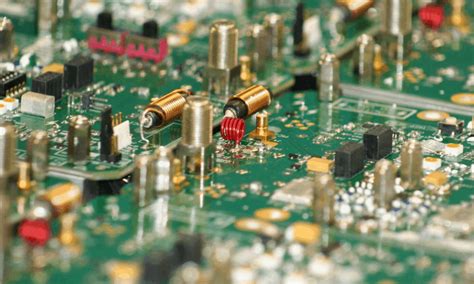
Case Studies: Successful Low Volume PCB Assembly Projects
Examining real-world examples of low volume PCB assembly projects provides valuable insights into effective practices and innovative approaches. One notable case involved a small medical device startup that required PCB assembly for a new product line. They opted for a flexible manufacturing partner specializing in PCBA to address their unique needs. By utilizing advanced techniques like selective soldering and automated optical inspection, they significantly improved quality while reducing production time. Another successful instance is found in the automotive industry, where a small batch of PCBA was essential for testing a prototype system. The company implemented lean manufacturing principles, allowing them to decrease waste and maintain tight production schedules. These case studies demonstrate that effective strategies such as collaboration with specialized partners, adopting innovative technologies, and prioritizing quality control can lead to successful outcomes in low volume PCB assembly endeavors.
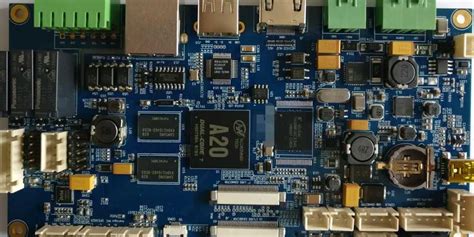
Future Trends in Low Volume PCB Manufacturing
As industries increasingly shift towards customization and rapid product development, low volume PCB assembly is gaining significant traction. The future of this sector is poised for transformation, influenced by advancements in technology and evolving market demands. One prominent trend is the adoption of automated processes, which enhance efficiency while maintaining the flexibility needed for small batch production. This not only streamlines the PCB assembly (PCBA) workflow but also ensures precision in assembling intricate designs.
Moreover, the integration of machine learning and artificial intelligence in production environments is expected to enable real-time monitoring and predictive maintenance, thus minimizing downtimes and increasing overall productivity. Additionally, as sustainability becomes a priority across various industries, environmentally friendly materials and processes are likely to become commonplace in low volume assemblies. This focus on sustainability can also lead to opportunities for cost reduction by minimizing waste.
Furthermore, advancements in 3D printing technology are set to revolutionize prototyping capabilities, allowing for quicker iterations and adjustments before full-scale production begins. Embracing these innovative strategies will not only enhance the quality of PCBA but also position manufacturers to meet the rising demands of various markets effectively. As we move forward, staying ahead of these trends will be essential for companies engaging in low volume PCB manufacturing to thrive in an increasingly competitive landscape.
Conclusion
In conclusion, optimizing low volume PCB assembly processes is critical for manufacturers looking to meet the demands of increasingly customized products. By adopting effective strategies, businesses can enhance efficiency while maintaining a strong focus on quality. Implementing advanced technologies and adhering to best practices in PCBA can not only streamline production but also contribute significantly to cost reduction. It is essential to continually assess and adapt assembly processes, ensuring they are responsive to the specific requirements of small batch production. As industries evolve, staying ahead with innovative solutions will empower manufacturers in delivering high-quality results on every PCB assembly project. Overall, adopting a comprehensive approach toward quality assurance and efficiency will pave the way for success in the dynamic landscape of low volume PCB manufacturing.
FAQs
What is low volume PCB assembly?
Low volume PCB assembly, often abbreviated as PCBA, refers to the process of assembling printed circuit boards in smaller quantities. This approach is ideal for prototypes, specialized equipment, or products that are not mass-produced.
What are the benefits of low volume PCB assembly?
The primary benefits include reduced material waste, flexibility in component selection, and the ability to quickly test new designs. This can lead to longer product lifecycles and increased innovation.
How can efficiency be improved in small batch production?
Efficiency can be improved through automation, streamlined workflows, and implementing best practices in PCBA processes. Techniques such as dual-use machinery and modular setup can also enhance productivity.
What strategies exist for cost reduction in low volume assemblies?
Cost reduction strategies include negotiating lower component prices with suppliers, utilizing open-source designs to minimize development costs, and leveraging local manufacturers to decrease shipping expenses.
How can quality assurance be maintained during PCB assembly processes?
Maintaining quality assurance involves rigorous testing procedures, continual training of staff, and using high-quality materials during the PCBA process. Additionally, implementing feedback loops for continuous improvement is essential.

